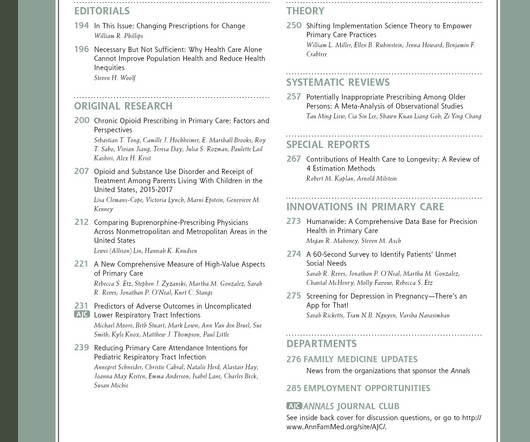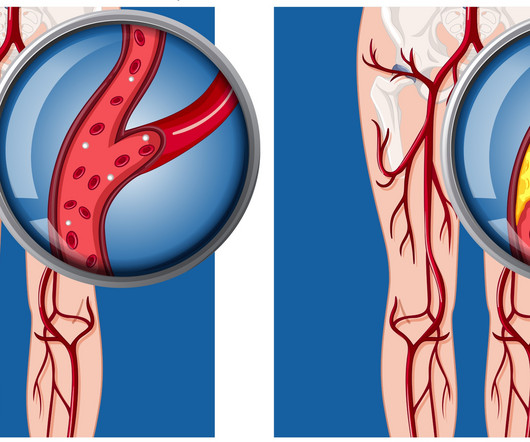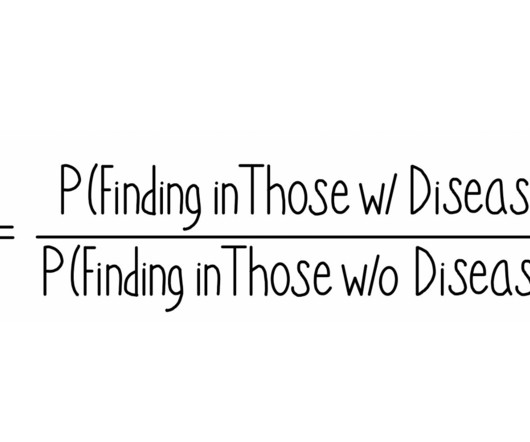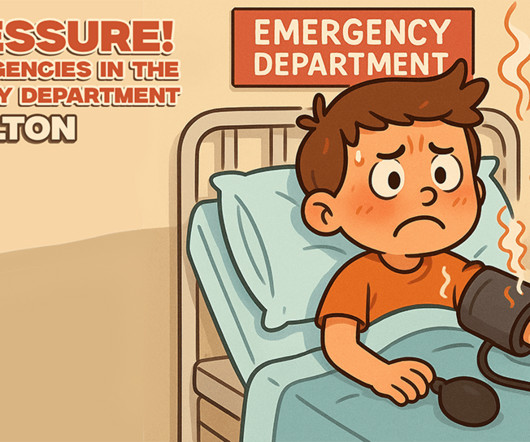Using Machine Learning to advance primary care: an example of predictive modeling of hypertension risk to impact outcomes [Hypertension]
Annals of Family Medicine
NOVEMBER 20, 2024
Context: While hypertension is the most common chronic disease cared for during adult primary care visits, it is challenging to know which hypertensive patients have the highest risk of cardiovascular complications in the future. Population Studied: LVHN has 107,851 adult out-patients with hypertension, and 66.4%












Let's personalize your content